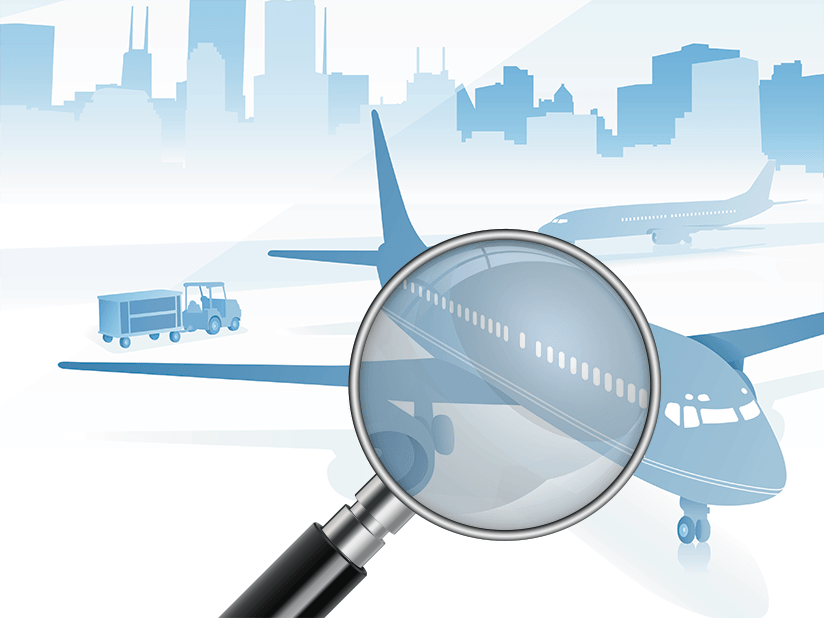Ego vs FAA: Navigating Safety Oversights in Aviation
In the high-stakes world of aviation, safety is paramount. Yet, the path to ensuring that safety can be fraught with challenges, not least among them the tension between individual egos and institutional regulations. This article explores the intricate dynamics between personal ambitions and the Federal Aviation Administration (FAA), the body responsible for overseeing aviation safety in the United States. While the FAA sets the standards for maintaining safety, the clash between personal interests and regulatory oversight can sometimes create turbulence. This piece delves into these conflicts and the efforts to navigate them, ensuring that safety remains the top priority in the skies.
Ego and FAA: A Clash Over Aviation Safety Standards

In the realm of aviation, the tension between individual egos and the FAA’s regulatory framework often surfaces as a pivotal challenge. Pilots, engineers, and corporate leaders sometimes allow personal ambition to overshadow compliance with safety standards. This clash can arise when individuals believe their expertise or instincts supersede established guidelines, leading to risky decisions that may jeopardize passenger safety. The FAA, with its rigorous regulatory measures, seeks to mitigate these risks by enforcing strict safety protocols. Yet, the human factor—driven by ego—remains a persistent hurdle, challenging the FAA’s authority and the industry’s commitment to safety.
The FAA has been tasked with an enormous responsibility: to safeguard not only the skies but also the reputation of the American aviation industry. As a result, it regularly updates and reinforces its safety standards to address emerging challenges. However, individuals in influential positions sometimes perceive these measures as hindrances rather than safeguards. High-profile disputes have occasionally surfaced where airline executives or prominent pilots publicly criticize FAA regulations, arguing that they stifle innovation or are overly burdensome. Such disputes highlight the ongoing tension between personal ambition and regulatory compliance, underscoring the critical need for dialogue and mutual understanding.
Despite these clashes, the FAA remains committed to maintaining the highest safety standards. The agency continues to work closely with industry stakeholders to refine and enhance its regulations. However, achieving a balance between enforcing these regulations and accommodating the ambitions of individuals within the industry remains a delicate dance. Both parties must navigate this landscape with care, finding ways to collaborate effectively while ensuring that egos do not overshadow the critical goal of safety. The FAA’s role as a regulatory body is not just to enforce compliance, but also to educate and engage with industry professionals to foster a culture of safety that transcends individual ambitions.
Navigating the Complexities of Safety Oversight

The complexity of safety oversight in aviation is multifaceted, with the FAA at the helm, striving to maintain control over a vast and dynamic industry. The agency faces the daunting task of staying ahead of technological advancements and evolving threats while ensuring compliance from those who may view regulations as cumbersome. This challenge is compounded by the need to interpret and apply universal safety standards across a diverse array of aircraft and operators. The FAA’s regulatory framework, therefore, must be both robust and flexible, capable of adapting to the rapid pace of change within the aviation sector.
In navigating these complexities, the FAA often collaborates with other international aviation authorities to establish consistent global safety standards. This cooperation is crucial, as aviation is inherently a global industry, and safety oversights in one region can have far-reaching implications. By sharing knowledge and resources, the FAA and its international counterparts aim to harmonize regulations, reducing the potential for conflicts and misunderstandings that could arise from differing safety protocols. This collaborative approach also helps in dealing with the challenges posed by new technologies, such as drones and autonomous aircraft, which require novel regulatory perspectives.
Despite these efforts, the path to achieving seamless safety oversight is fraught with obstacles. The intricacies of aviation operations mean that even well-intentioned regulations can have unintended consequences, affecting everything from flight schedules to aircraft maintenance practices. Moreover, the inherent tension between innovation and regulation demands continuous engagement with industry stakeholders to ensure that safety measures do not stifle progress or competitiveness. The FAA must persist in its efforts to strike a delicate balance, fostering an environment where innovation can thrive alongside unwavering adherence to safety standards.
The interplay between ego and regulatory oversight in aviation is a complex and ongoing saga. As technological advancements continue to reshape the industry, the FAA’s role in maintaining safety standards is more crucial than ever. The path to safeguarding the skies requires a concerted effort from all stakeholders to prioritize safety over individual ambitions. By fostering collaboration and mutual understanding, the industry can navigate the challenges of safety oversight, ensuring that the delicate balance between innovation and regulation is maintained. Ultimately, the shared commitment to safety must prevail, ensuring that the aviation industry continues to soar safely into the future.



